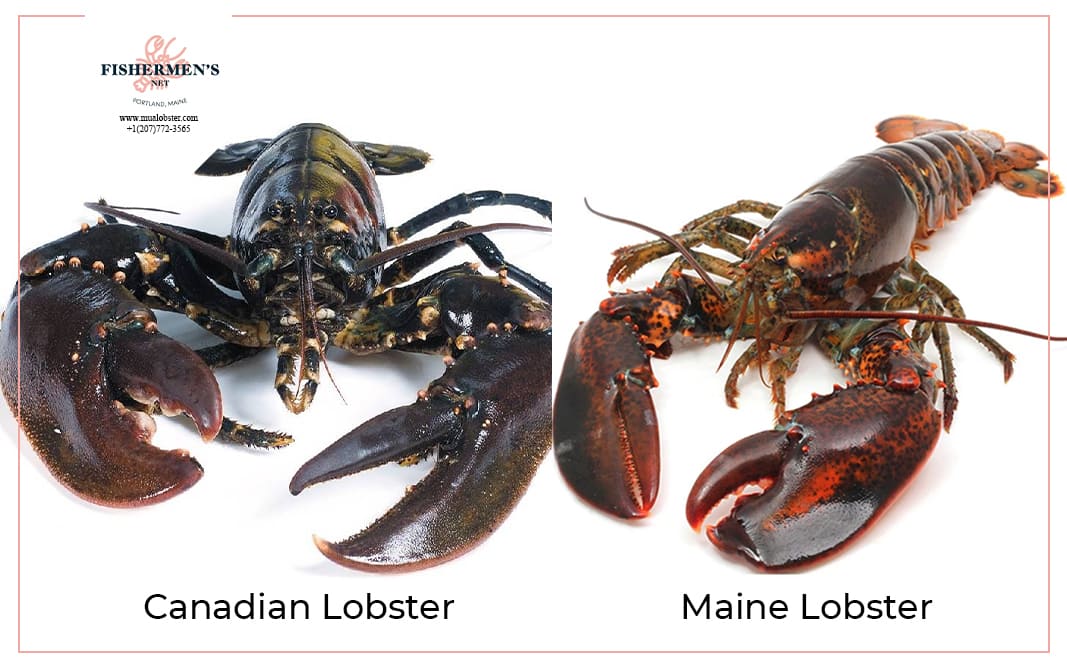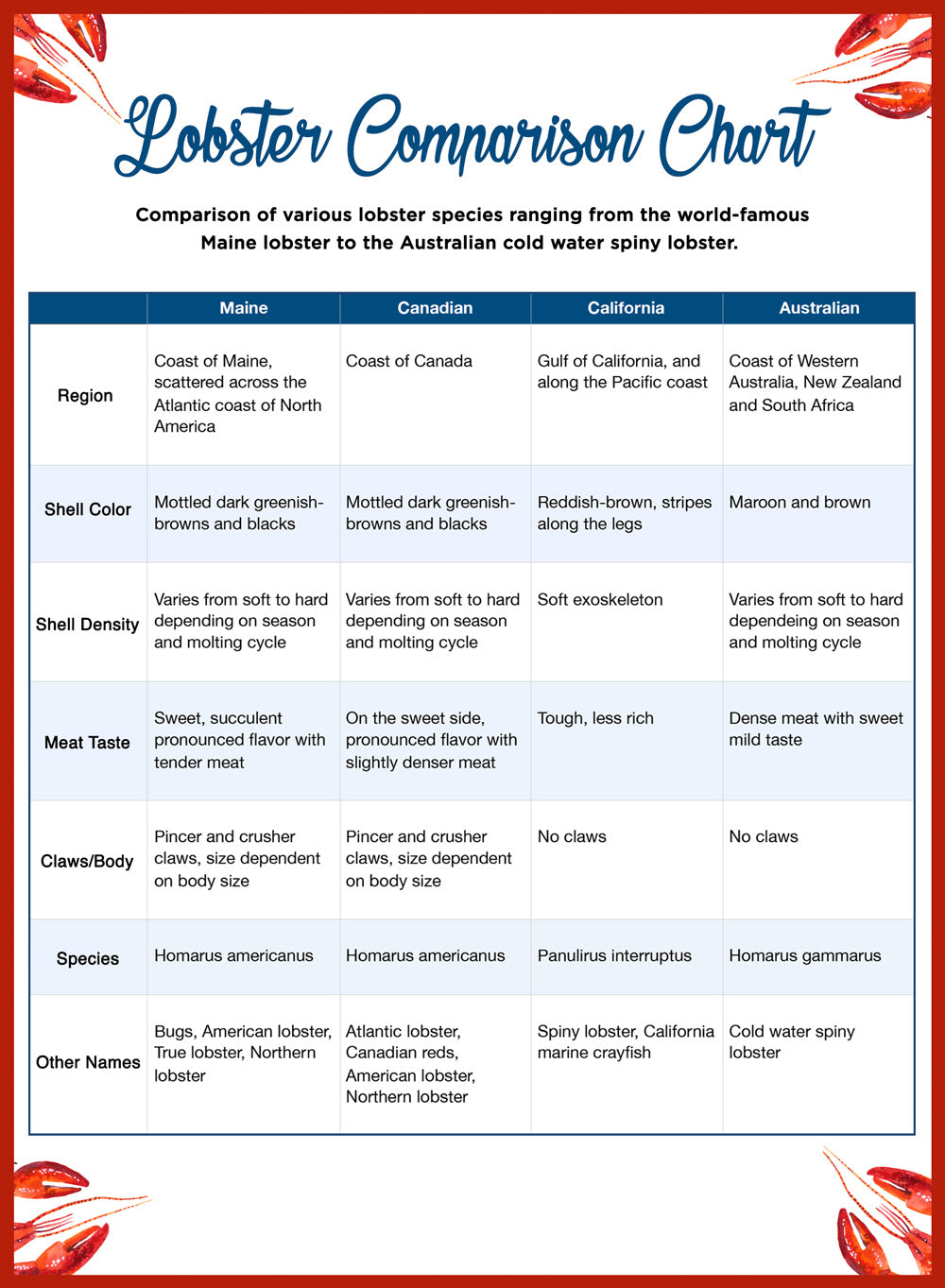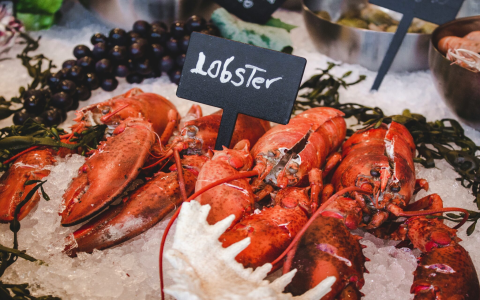Exploring the Difference Between Canadian Lobster and Maine Lobster
There’s an age-old debate among seafood enthusiasts about which is superior: Canadian lobster or Maine lobster. This intriguing contest offers an opportunity to dive deep and savor the nuances that make each of these lobsters a unique choice for your plate. Both are North Atlantic lobsters, known scientifically as Homarus americanus, yet their differences are often as profound as their similarities.
A compelling reason to explore these crustaceans is their habitat. Canadian lobsters are primarily found off the colder waters of the North Atlantic in Canada, particularly around Nova Scotia and Newfoundland. These colder waters are known to produce lobsters with harder shells. On the other hand, Maine lobsters are harvested from the relatively warmer Gulf of Maine. This slight difference in climate impacts not only the lobster’s lifestyle but also their culinary aspects.

Texture and Taste: What’s on Your Plate
One of the most notable distinctions between Canadian and Maine lobsters lies in their texture and taste. Due to the colder waters, Canadian lobsters generally develop a harder shell. This hard shell means that the meat inside can sometimes be tougher compared to its Maine counterpart. However, the meat tends to be more robust and flavorful to some palates. In contrast, Maine lobsters are typically known for their softer shells, especially when caught during the shedding season in the summer. This results in sweeter, tender, and more delicate meat that’s often more desirable for those who enjoy a lighter texture.
Size and Availability: Where Quantity Meets Quality
Another intriguing aspect is their size. Canadian lobsters tend to grow larger, benefiting from the expansive colder habitats and longer maturity time. This increased size can be appealing when serving large groups or when desiring more substantial lobster meat yield. In comparison, Maine lobsters are often smaller, which can be ideal for individual servings and for those who prefer a more manageable dining experience.
When it comes to availability, Canadian lobsters have an edge due to their colder environment, which allows for year-round fishing. Maine lobsters, however, are more seasonal. The peak season runs from late June to December, aligning with their molting period, making them a sought-after delicacy during these months.
Sustainability and Harvesting Practices
Sustainability is a hot topic within the seafood industry. Both Canadian and Maine lobster fisheries are known for their responsible practices. However, there are slight regional variations in how they are managed. The heavily regulated industry ensures careful monitoring of lobster populations to prevent overfishing in both regions. The difference comes down to the specific quotas and regulations in place, which can vary slightly between Canadian provinces and the state of Maine, reflecting local ecological needs and conditions.
Cultural Elements: A Tale of Two Markets

The cultural connection that communities feel towards their lobsters adds another layer of interest. In Canada, lobster fishing forms a significant part of the maritime provinces’ heritage and economy. Lobster suppers are a time-honored tradition that is essential to local culture. Meanwhile, Maine prides itself on being the lobster capital of the United States. The annual Maine Lobster Festival attracts visitors worldwide, celebrating the town’s entire way of life centered on this iconic crustacean.
In navigating the difference between Canadian lobster and Maine lobster, personal preference plays a substantial role. The choice may lean towards the bold, robust flavors of Canadian lobsters, or the sweet, tender bite of a Maine lobster. Each offers a unique taste profile that has garnered dedicated fans across the globe. Whatever you decide, it’s a win-win for your taste buds. So next time you’re faced with the choice, consider the subtle yet significant distinctions that define these two incredible varieties of lobster.













